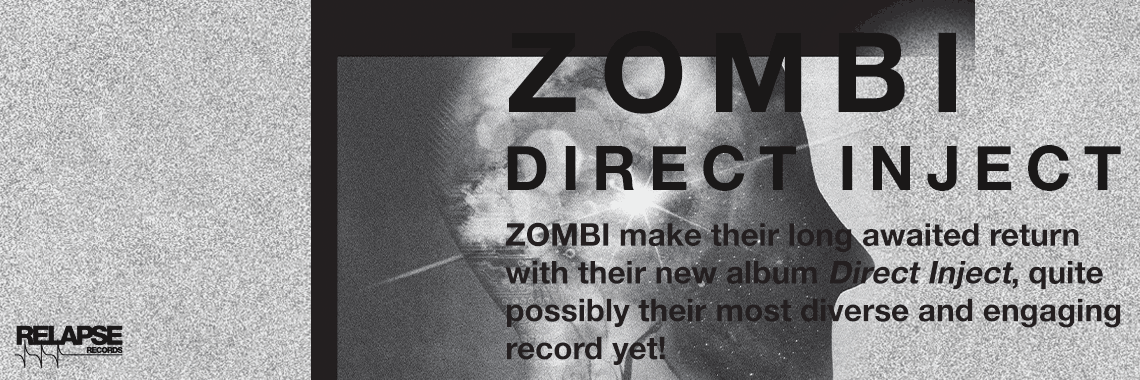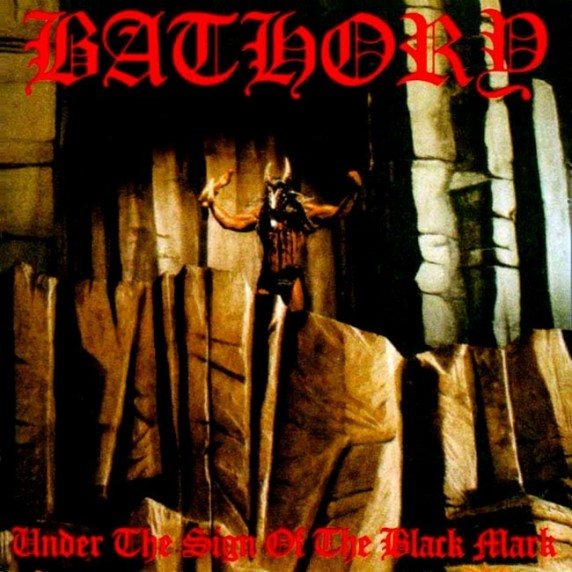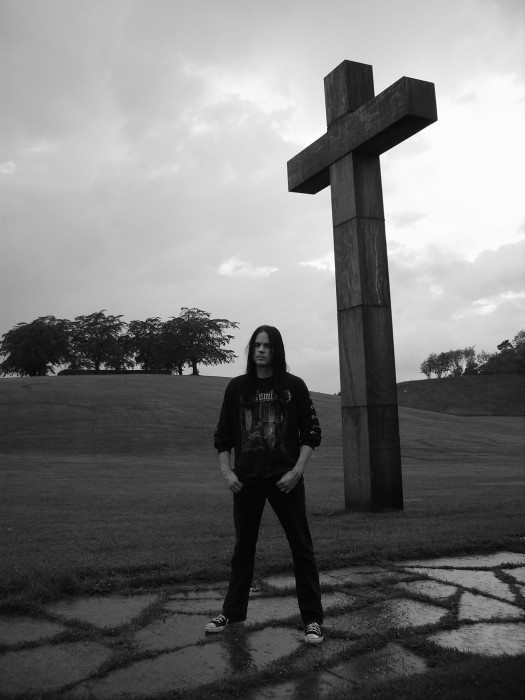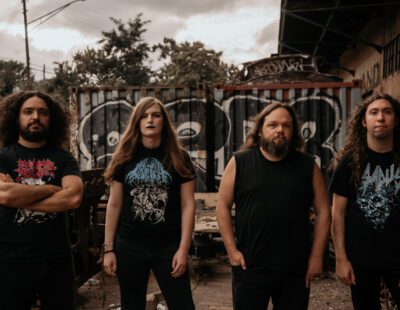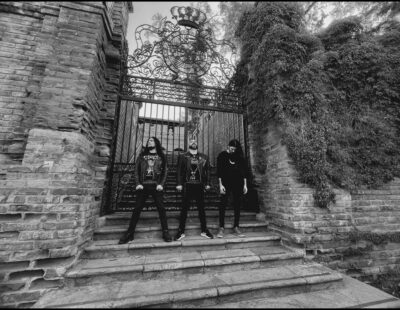Bathory’s Under the Sign of the Black Mark turns a whopping 25 years old today. To honor the landmark, Swedish Death Metal author Daniel Ekeroth parallels his adolescence with the band’s inimitable path.
TO GROW UP WITH BATHORY
by Daniel Ekeroth
As a young teen, I could probably have been caught up in any kind of music. Luckily, at the age of four, I was fortunate enough to get introduced to child-friendly rock act KISS, and the bar was set. One thing led to the other, and with almost a decade of heavy metal and thrash under my belt, a friend of mine had gotten his hands on the debut album of this band called Bathory. Together, slightly shocked, we listened to it for the first time.
This was different from Metallica, Mercyful Fate or even Venom. Unlike them, this really did sound like Hell. Bathory quickly became our favorite. The ferocious second album …The Return in particular was a revelation; nothing that extreme had ever been released before. In the tiny village we grew up in, nobody could stand Bathory, apart from that one friend and me. We had always been outsiders, but with the advent of …The Return, we started carrying our alienation like a medal of honor.
The extreme approach and mystery of Bathory felt like it was rubbing off on us as we roamed the streets of Fors (inhabitants: 2,000; Bathory fans: 2; Bathory haters: seemed like 1,998). There were no band photos on the albums, no names noted and they never played live. Bathory seemed to exist in a parallel universe of darkness and evil, and it was as if our presence was the only link between that universe and the reality of Fors. I spent hundreds of hours in the twilight zone, listening to Bathory in awe. This music was what really saved me when I was depressed, felt lonely or just had had a bad day.
At first, I thought Bathory were from Canada. It was the most far-away country I could think of, and many weird bands seemed to originate there, like Voivod, Slaughter, Piledriver and Razor. When I realized they were Swedish, it blew my mind—this hellacious music was made just a few miles from my little room?
I turned 15 and Bathory mercilessly unleashed Under the Sign of the Black Mark. Even by Bathory’s standards, this was a masterpiece, on par with both Bonded by Blood and Reign in Blood. The songs were perfected and the sound more atmospheric and uncanny than before. Bathory were now the most extreme AND one of the very best metal bands out there.
The seemingly endless road that was my teens were basically fueled with Bathory. This was the soundtrack to which I was coming of age, started to drink alcohol and had my first kiss. I even tried to seduce a girl by claiming to be a friend of Quorthon’s once, but she either didn’t believe me or—more likely—didn’t give a rat’s ass about Quorthon. In a time of an escalating amount of kisses and beer, Bathory released what I consider to be their best album: Blood Fire Death in 1988. I still remember first hearing the opener “A Fine Day to Die,” being swept into a cold world of sorrow and death. To this day it remains my favorite Bathory song.
Simultaneously, the birth of death metal had exploded all around me and all of a sudden I was caught up in an actual scene, not just the fantasy Bathory universe I had been living in. Gigs started to be important—Napalm Death, Morbid Angel, Entombed, etc. soon played virtually at my doorstep. And you actually COULD get laid pretending to know L.G. Petrov… different times, different priorities.
During the final years of my teens, Bathory released Hammerheart. It turned out to be the last of their albums I bought. Two months later, Entombed let loose Left Hand Path, and a new world opened up. And when the Norwegian black metal movement took Quorthon’s concepts one step further, I never could get into it. None of those bands were nowhere near as good as Bathory. I left black metal behind.
About eight years passed until, in 1998, I actually met Quorthon outside a Stockholm hockey arena. I was starstruck. Standing in front of me was the man that had created all that music that helped me through my teens. I couldn’t utter a single word, and watched him disappear into the crowd. A few years later, I was supposed to set up an interview with him for Swedish Death Metal, but as fate would have it he died of a heart attack June 7, 2004. I still regard it as one of the greatest losses of my life, but I guess the obscurity of Bathory was destined to live on.
In a way, I actually managed to get closer to Quorthon after his death than while he was living. I was working at a school in Stockholm a few years ago. I casually asked one of my students if he might be related to Bathory producer Rex Gisslén, since they shared the same last name. It turned out that not only was he related to Rex, but Quorthon had in fact been his godfather! As an infant he had played with the mixing board while Bathory was mixing an album—he couldn’t say which one—and had accidentally recorded himself into the mix of the album. On some Bathory track out there, you can presumably hear the sound of a small child. I was also informed that his family still possesses most of Bathory’s old props—the tombstone used in photos now serves as their living room table! I guess that’s the closest one can come to a full circle with a band like Bathory.

